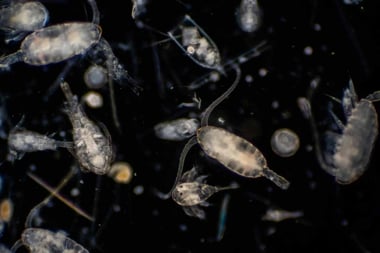BPA Explained

Do you remember bisphenol A (BPA)? This chemical was in the news about 10 years ago, when it was banned for use in plastic baby bottles after it was found to have hormone-mimicking effects linked to cancer and other serious health concerns. However, as Vito Buonsante, plastics program manager at Environmental Defence, tells me, it hasn't gone anywhere.
"BPA has extensive applications" he explains. It can still be found in the lining of most food cants and other aluminum cans, thermal paper such as receipts, and many #7 polycarbonate plastics.
What's worse is that BPA-free doesn't mean safe. "BPA-free doesn't solve the problem because it's not only the 'A' that's the the problem - all the BPs (bisphenols) are problematic. BPS, for instance, is much less studied, but the studies we do have show that it acts the same way as BPA."
The reduce your exposure:
- Eat less canned food (and research which companies have safer BPA-free container options).
- Refuse receipts when possible, and when you do take them, only touch the backs (which aren't coated).
- For water bottles and baby bottles, choose glass or stainless steel.





